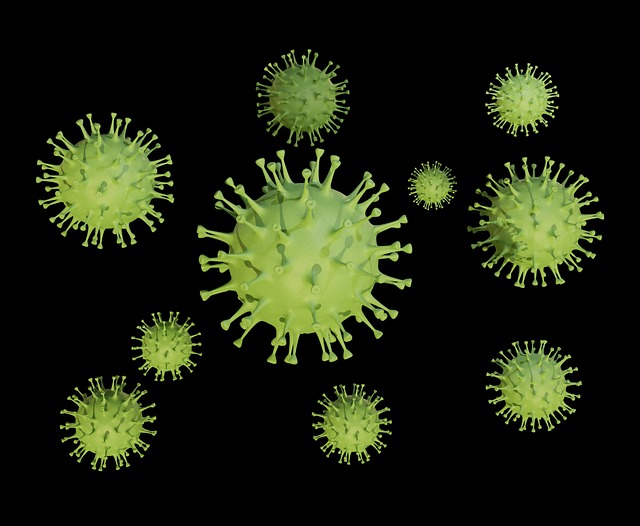During the beginning of February, authorities in Rosario, Argentina, reported a new case of “coronadengue,” a colloquial name for simultaneous infections by COVID-19 and dengue. This is the first reported in 2022 of these combined conditions, although not the only one of these diagnoses in the country.
It happened to a woman who had arrived on vacation from Brazil. Her symptoms were fever and muscle pain. After testing positive for COVID-19, her clinical picture showed manifestations of dengue, so a simultaneous infection was detected.
In addition to the first case of ’coronadengue’ of the year, this is the first case of imported dengue reported by the Argentine city at the beginning of the year, as reported by the newspaper La Nación. The patient is stable and has favorable health conditions.
The case in Rosario is not the first in which a dengue and covid infection has been reported simultaneously. According to local media, in January 2021, the province of Salta, in Argentina, reported 2 patients with COVID and dengue at the same time.
As detailed in the newspaper Infobae , Rosario authorities assured that "periodic prevention tasks are being carried out to prevent the spread of dengue" and advised "to stay hydrated and in the event of intense abdominal pain or gum or nose bleeding to consult urgently."
“Coronadengue” is technically a syndemic or synergistic epidemic, a term used in anthropological medicine when two or more epidemics act simultaneously in a population, with common social characteristics, and interact with each other at a biological, psychological and social level.
Suspicions of coronadengue
Specialists offered recommendations on how to act in the face of a pandemic situation. The ideal is to know enough about the symptoms of both diseases to be able to recognize when one is infected with both.
As detailed by the World Health Organization, dengue is a viral infection that is transmitted to humans thanks to the bite of infected female Aedes aegypti mosquitoes . Although many dengue infections are usually mild, serious symptoms can present complications that could cause death. Its symptoms include high fever, headache or pain behind the eyes, muscle and joint pain, nausea, vomiting and rash. In more severe cases, severe abdominal pain and bleeding gums or nose may appear.
The WHO postulates that a third of the planet’s inhabitants are at risk of contracting dengue. Every year there are about 390 million cases in the world, of which 500 thousand correspond to severe dengue with around 25 thousand deaths.
















